Host Mark Sackler and panelists discuss the challenges of getting governments and the public on board with one of the basic principles of longevity research: that the cause of all chronic diseases of aging is aging itself.
Category: biotech/medical – Page 1,813

Making 3D nanosuperconductors with DNA
Three-dimensional (3D) nanostructured materials—those with complex shapes at a size scale of billionths of a meter—that can conduct electricity without resistance could be used in a range of quantum devices. For example, such 3D superconducting nanostructures could find application in signal amplifiers to enhance the speed and accuracy of quantum computers and ultrasensitive magnetic field sensors for medical imaging and subsurface geology mapping. However, traditional fabrication tools such as lithography have been limited to 1-D and 2-D nanostructures like superconducting wires and thin films.
Now, scientists from the U.S. Department of Energy’s (DOE) Brookhaven National Laboratory, Columbia University, and Bar-Ilan University in Israel have developed a platform for making 3D superconducting nano-architectures with a prescribed organization. As reported in the Nov. 10 issue of Nature Communications, this platform is based on the self-assembly of DNA into desired 3D shapes at the nanoscale. In DNA self-assembly, a single long strand of DNA is folded by shorter complementary “staple” strands at specific locations—similar to origami, the Japanese art of paper folding.
“Because of its structural programmability, DNA can provide an assembly platform for building designed nanostructures,” said co-corresponding author Oleg Gang, leader of the Soft and Bio Nanomaterials Group at Brookhaven Lab’s Center for Functional Nanomaterials (CFN) and a professor of chemical engineering and of applied physics and materials science at Columbia Engineering. “However, the fragility of DNA makes it seem unsuitable for functional device fabrication and nanomanufacturing that requires inorganic materials. In this study, we showed how DNA can serve as a scaffold for building 3D nanoscale architectures that can be fully “converted” into inorganic materials like superconductors.”
Exponential Wisdom Episode 93: Longevity Mindset: Part 3
Peter and Dan continue their conversation about the Abundance Platinum Longevity trip, where Peter and a select group of entrepreneurs, executives and investors spent five days learning from the top longevity and immunology experts in two of California’s top biotech hubs.
To hear past episodes: http://podcast.diamandis.com or Subscribe on Apple Podcasts: https://podcasts.apple.com/us/podcast/exponential-wisdom/id1001794471
Subscribe on Spotify: https://open.spotify.com/show/4kndtSutHbCBQNaDmdV1fU
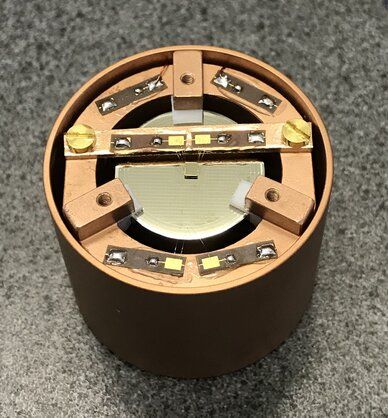
Study sets the first germanium-based constraints on dark matter
Cosmological observations and measurements collected in the past suggest that ordinary matter, which includes stars, galaxies, the human body and countless other objects/living organisms, only makes up 20% of the total mass of the universe. The remaining mass has been theorized to consist of so-called dark matter, a type of matter that does not absorb, reflect or emit light and can thus only be indirectly observed through gravitational effects on its surrounding environment.
While the exact nature of this elusive type of matter is still unknown, in recent decades, physicists have identified many particles that reach beyond the standard model (the theory describing some of the main physical forces in the universe) and that could be good dark matter candidates. They then tried to detect these particles using two main types of advanced particle detector: gram-scale semiconducting detectors (usually made of silicon and used to search for low-mass dark matter) and ton-scale gaseous detectors (which have higher energy detection thresholds and are better suited to perform high-mass dark matter searches).
The EDELWEISS Collaboration, a large group of researchers working at Université Lyon 1, Université Paris-Saclay and other institutes in Europe, recently carried out the first search for Sub-MeV dark matter using a germanium(Ge)-based detector. While the team was unable to detect dark matter, they set a number of constraints that could inform future investigations.
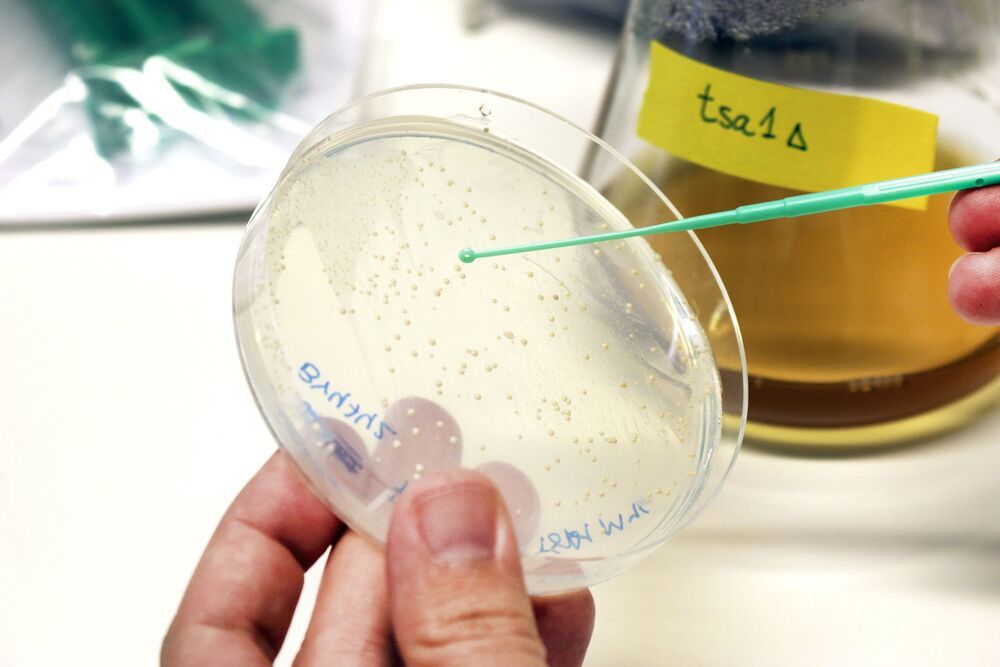
Cell aging can be slowed by oxidants
At high concentrations, reactive oxygen species—known as oxidants—are harmful to cells in all organisms and have been linked to aging. But a study from Chalmers University of Technology, Sweden, has now shown that low levels of the oxidant hydrogen peroxide can stimulate an enzyme that helps slow down the aging of yeast cells.
One benefit of antioxidants, such as vitamins C and E, is that they neutralize reactive oxygen species —known as oxidants—which may otherwise react with important molecules in the body and destroy their biological functions. Larger amounts of oxidants can cause serious damage to DNA, cell membranes and proteins for example. Our cells have therefore developed powerful defense mechanisms to get rid of these oxidants, which are formed in our normal metabolism.
It was previously believed that oxidants were only harmful, but recently, scientists have begun to understand that they also have positive functions. Now, the new research from Chalmers University of Technology shows that the well-known oxidant hydrogen peroxide can actually slow down the aging of yeast cells. Hydrogen peroxide is a chemical used for hair and tooth whitening, among other things. It is also one of the metabolically produced oxidants that is harmful at higher concentrations.
Science-fiction master Ted Chiang explores the rights and wrongs of AI
What rights does a robot have? If our machines become intelligent in the science-fiction way, that’s likely to become a complicated question — and the humans who nurture those robots just might take their side.
Ted Chiang, a science-fiction author of growing renown with long-lasting connections to Seattle’s tech community, doesn’t back away from such questions. They spark the thought experiments that generate award-winning novellas like “The Lifecycle of Software Objects,” and inspire Hollywood movies like “Arrival.”
Chiang’s soulful short stories have earned him kudos from the likes of The New Yorker, which has called him “one of the most influential science-fiction writers of his generation.” During this year’s pandemic-plagued summer, he joined the Museum of Pop Culture’s Science Fiction and Fantasy Hall of Fame. And this week, he’s receiving an award from the Arthur C. Clarke Foundation for employing imagination in service to society.
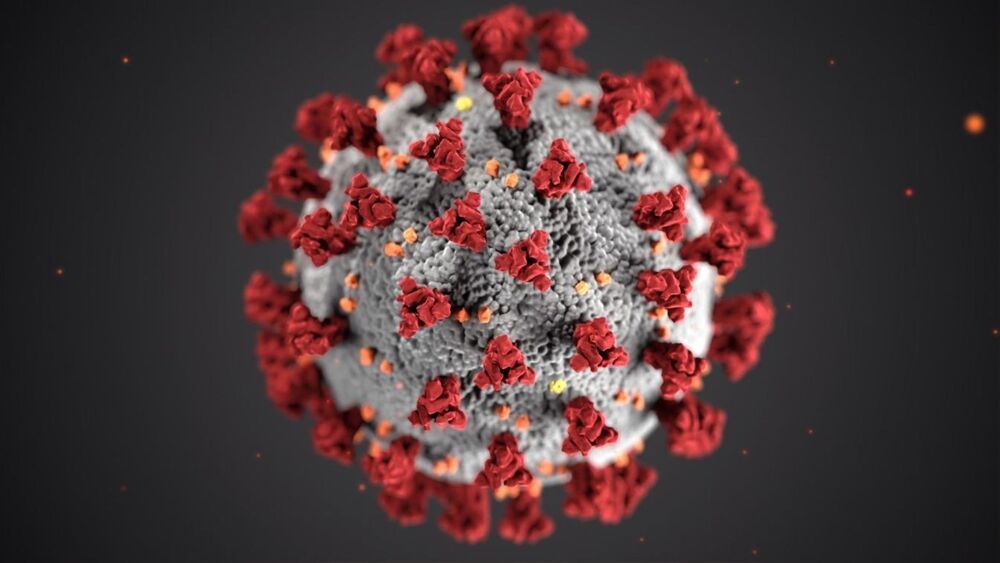
Scientists Develop Nasal Spray That Can Disable Coronavirus
Most efforts to combat the coronavirus have focused on public health measures and the race to develop a vaccine. However, a team from Columbia University, Cornell University, and others has developed something new: a nasal spray that attacks the virus directly. In a newly released study, the concoction was effective at deactivating the novel coronavirus before it could infect cells.
Like all viruses, SARS-CoV-2 (the causative agent of COVID-19) needs to enter a cell to reproduce. The virus injects its RNA genome and hijacks cellular machinery to make copies of itself, eventually killing the cell and spreading new virus particles to infect other cells. Gaining access to a cell requires a “key” that fits into a protein lock on the cell surface. In the case of SARS-CoV-2, we call that the spike protein, and that’s where the new nasal spray blocker attacks.
The spike protein “unzips” when it meets up with a cell, exposing two chains of amino acids (the building blocks of proteins). The spray contains a lipoprotein, which has a complementary strand of amino acids linked with a cholesterol particle. The lipoprotein inserts itself into the spike protein, sticking to one of the chains that would otherwise bind to a receptor and allow the virus to infect the cell. With that lipoprotein in the way, the virus is inactivated.
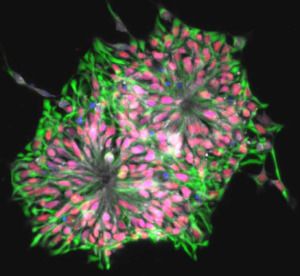
Induced Pluripotent Stem Cells (iPS)
IPSC are derived from skin or blood cells that have been reprogrammed back into an embryonic-like pluripotent state that enables the development of an unlimited source of any type of human cell needed for therapeutic purposes. For example, iPSC can be prodded into becoming beta islet cells to treat diabetes, blood cells to create new blood free of cancer cells for a leukemia patient, or neurons to treat neurological disorders.
In late 2007, a BSCRC team of faculty, Drs. Kathrin Plath, William Lowry, Amander Clark, and April Pyle were among the first in the world to create human iPSC. At that time, science had long understood that tissue specific cells, such as skin cells or blood cells, could only create other like cells. With this groundbreaking discovery, iPSC research has quickly become the foundation for a new regenerative medicine.
Using iPSC technology our faculty have reprogrammed skin cells into active motor neurons, egg and sperm precursors, liver cells, bone precursors, and blood cells. In addition, patients with untreatable diseases such as, ALS, Rett Syndrome, Lesch-Nyhan Disease, and Duchenne’s Muscular Dystrophy donate skin cells to BSCRC scientists for iPSC reprogramming research. The generous participation of patients and their families in this research enables BSCRC scientists to study these diseases in the laboratory in the hope of developing new treatment technologies.
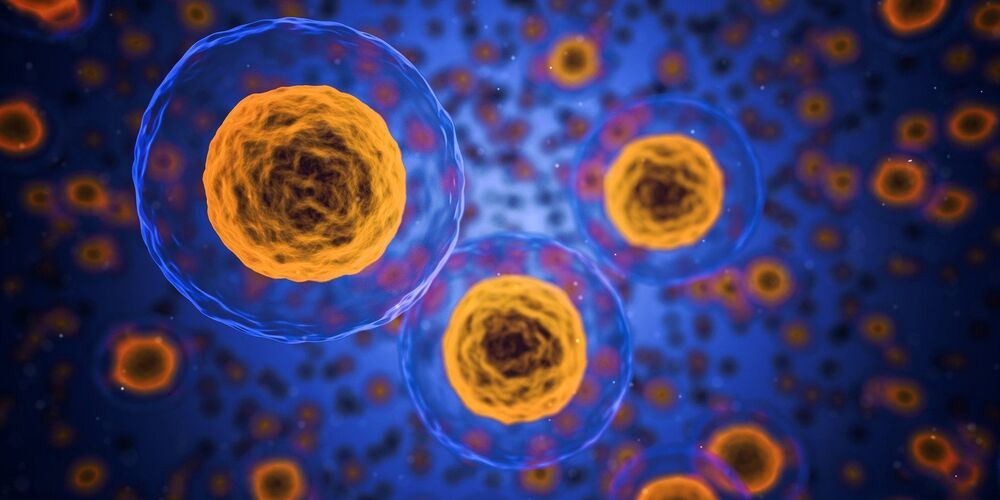
Tracking cancer’s immortality factor
Canadian scientists have achieved a first in the study of telomerase, an essential enzyme implicated in aging and cancer.
In today’s edition of the prestigious journal Molecular Cell, scientists from Université de Montréal used advanced microscopy techniques to see single molecules of telomerase in living cells.
A flaw in the replication of chromosomes means that they get shorter with each cell division. If nothing is done to correct this error, replication stops and cells go into a state called senescence, a hallmark of aging. Normally, telomerase adds extra DNA to the ends of chromosomes to prevent this problem, but as we age our bodies produce fewer of them.
